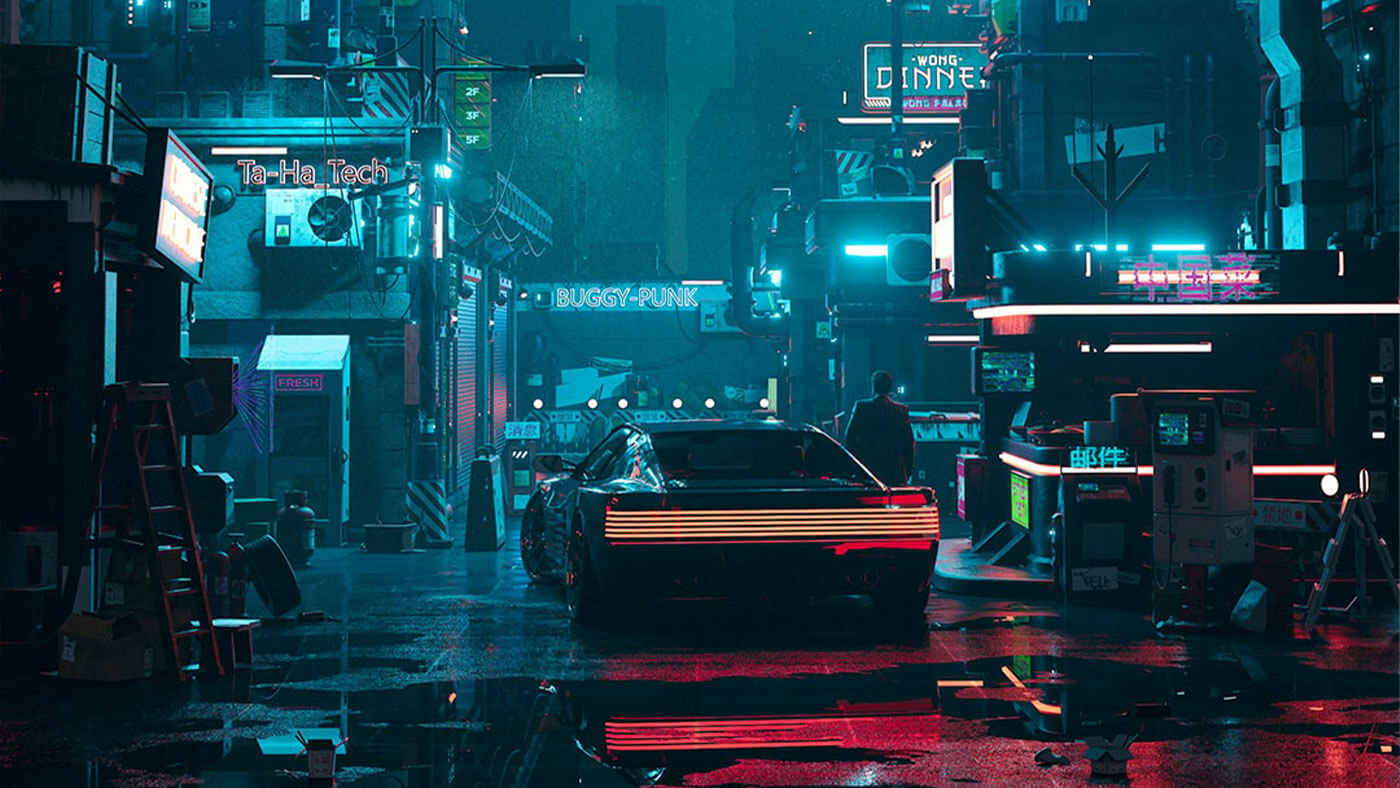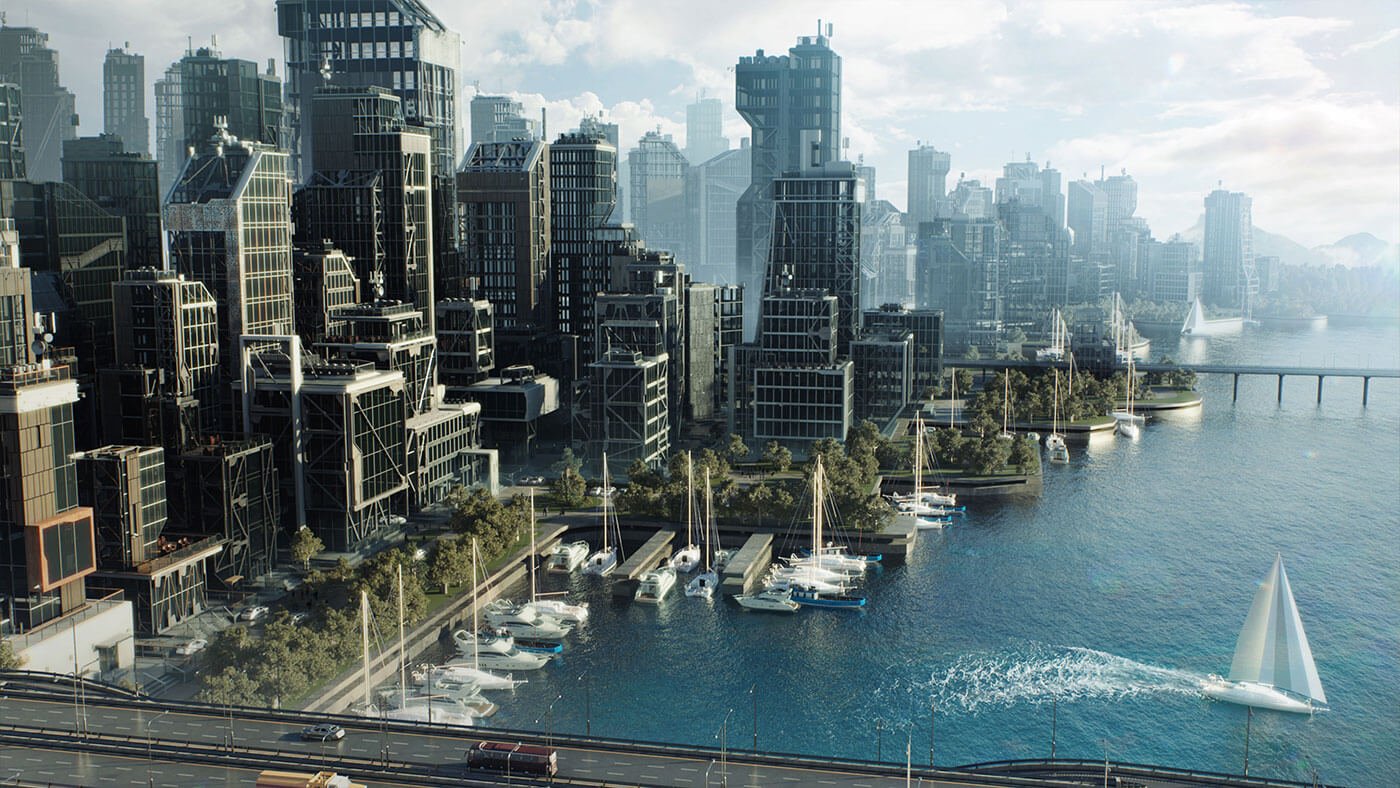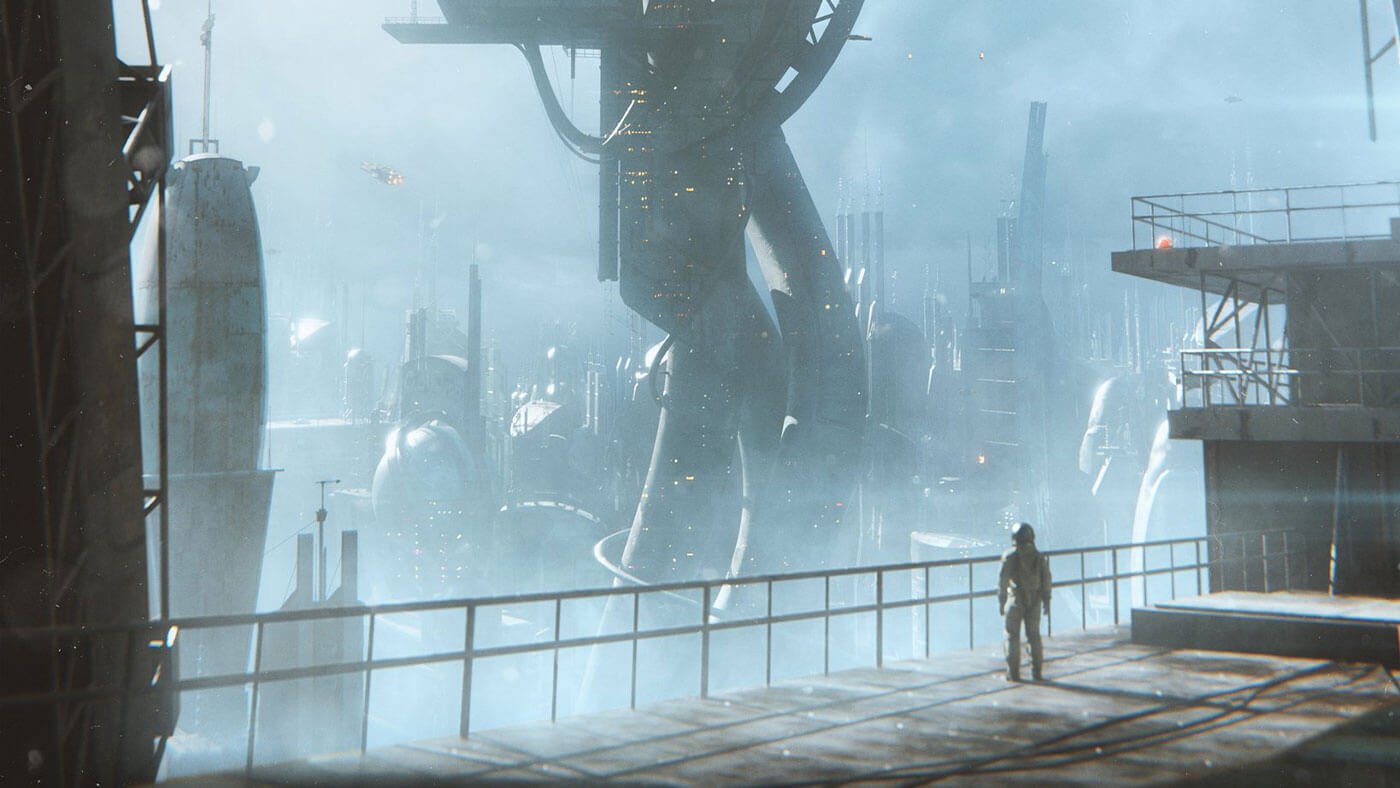Top 3D Artists Share Their ‘Rigs’ and Hardware Advice
There’s no shortage of advice out there when it comes to building the ultimate gaming machine, but what should you concern yourself with if your interest is using 3D assets to make art pieces and virtual worlds?
Regardless of what you find yourself rendering, the main components you’ll need to pay attention to are: the central processing unit (CPU), the graphics processing unit (GPU), and random access memory (RAM). According to Baka Arts, “You definitely need a powerful GPU/CPU combo in your system to handle GPU or CPU rendering.” So, let’s break it down.

What is CPU vs GPU?
In the past, when you wanted to create a final output of your scene or sequence, most computer graphics renderings relied exclusively on powerful CPUs, while GPUs were designed to quickly render high-resolution images for display output to your screen. But since then, the technology has evolved, and GPUs can now be used to accelerate calculations involving massive amounts of data, allowing them to speed up look development and even take on the task of rendering.
These days, you can easily find render engines that utilize CPU or GPU. Some engines like Corona Renderer are CPU only, others like Redshift utilize GPU, and some like Arnold and VRay can use either. Additionally, other 3D softwares like Unreal Engine don’t use GPU for any compute capabilities.
If you’re not sure which side to err on, it’s probably wise to not sacrifice one too much for the other, but it’s hard to go wrong with a solid CPU and RAM (32GB is sufficient for most, but 64GB is better for complex projects and will future proof your workstation if you can afford it) and a mid-range or above GPU.
To bring further clarity to the question of what makes a quality workstation for rendering, we asked some of our favorite world builders about their setups and any advice they have for those looking to purchase their own.
DizzyViper:
 “Your computer should be powerful, but it doesn’t have to be ultra high-end to start 3D rendering. Depending on the render engine, you will need a stronger CPU or GPU. I only have experience with Octane (GPU renderer), and I can still work well on a GPU as little as a GTX 1060 (on my laptop). I do recommend upgrading to an RTX card (preferably an upper-class GPU) once you start moving into more complex scenery or animations.”
“Your computer should be powerful, but it doesn’t have to be ultra high-end to start 3D rendering. Depending on the render engine, you will need a stronger CPU or GPU. I only have experience with Octane (GPU renderer), and I can still work well on a GPU as little as a GTX 1060 (on my laptop). I do recommend upgrading to an RTX card (preferably an upper-class GPU) once you start moving into more complex scenery or animations.”
Baran Sarper:
 “For my software preferences, I need to have a PC with a great GPU in it. Usually 3D artists prefer GPU rendering because it’s so fast when you compare it with CPU rendering. My rig has: Rtx 3080 with some 64GB RAM in it. RAM is another important factor when it comes to adding more objects and details on your scene.”
“For my software preferences, I need to have a PC with a great GPU in it. Usually 3D artists prefer GPU rendering because it’s so fast when you compare it with CPU rendering. My rig has: Rtx 3080 with some 64GB RAM in it. RAM is another important factor when it comes to adding more objects and details on your scene.”
SkieGraphicStudio:
 “For hardware, I think a good processor would be indispensable. I have an I7 8700k, but the Ryzen technology is also very dope. Get a good graphics card, like an RTX 2080ti or 3080. And at least two screens or a wide screen for composition.”
“For hardware, I think a good processor would be indispensable. I have an I7 8700k, but the Ryzen technology is also very dope. Get a good graphics card, like an RTX 2080ti or 3080. And at least two screens or a wide screen for composition.”
Scionti Design:
 “For rendering, if we are talking about Vray or unbiased rendering, then I would go more on CPU than GPU. In this case, from 10 cores and up is better. Instead, if we render realtime using Unreal Engine 5 (UE5) or Vray GPU, then I recommend RTX2080TI and upper.”
“For rendering, if we are talking about Vray or unbiased rendering, then I would go more on CPU than GPU. In this case, from 10 cores and up is better. Instead, if we render realtime using Unreal Engine 5 (UE5) or Vray GPU, then I recommend RTX2080TI and upper.”
Annibale Siconolfi:
 “I actually have an i9900k, 64GB RAM, and 1 RTX 2080ti. I'm fine with it, but I will get a RTX 3090 to decrease the render times and try to experiment with something in UE5.”
“I actually have an i9900k, 64GB RAM, and 1 RTX 2080ti. I'm fine with it, but I will get a RTX 3090 to decrease the render times and try to experiment with something in UE5.”
Dangiuz:
 “Although learning to optimize can make a difference when not having a powerful computer, having [a powerful computer] will allow you to explore more options and work on pieces for more time, spending more time on detailing, and will level up your game. My personal setup is: Ryzen 9 5950x CPU, 64 GB RAM, 3090 RTX GPU.”
“Although learning to optimize can make a difference when not having a powerful computer, having [a powerful computer] will allow you to explore more options and work on pieces for more time, spending more time on detailing, and will level up your game. My personal setup is: Ryzen 9 5950x CPU, 64 GB RAM, 3090 RTX GPU.”
Marco Zagara:
 "In my experience, a mid-end laptop/PC with a decent CPU and/or GPU is more than enough to start learning the basics. Of course, you won't be able to render complex and heavy scenes that require intensive computation, but you'll be able to understand what you like and what you don’t about the softwares, and, with a bit of optimization of the scenes (there are many tutorials about that online), you'll be able also to render them relatively fast. Once you start getting familiar with the software and its capabilities, you can start considering upgrading your laptop/PC with a high-end gaming laptop or a workstation equipped with high-end components.”
"In my experience, a mid-end laptop/PC with a decent CPU and/or GPU is more than enough to start learning the basics. Of course, you won't be able to render complex and heavy scenes that require intensive computation, but you'll be able to understand what you like and what you don’t about the softwares, and, with a bit of optimization of the scenes (there are many tutorials about that online), you'll be able also to render them relatively fast. Once you start getting familiar with the software and its capabilities, you can start considering upgrading your laptop/PC with a high-end gaming laptop or a workstation equipped with high-end components.”
Overall, it’s up to you to decide what you can afford, but hopefully these insights can help you prioritize your components. As some of the artists above state, the most important thing is perhaps just getting started. If you’re interested in creating art for the long haul, there will always be more opportunities to upgrade, as there will no doubt be tantalizing improvements to both software and hardware in the months and years to come. Remember, tools are only as useful as you make them! So, best of luck, and Happy KitBashing!




